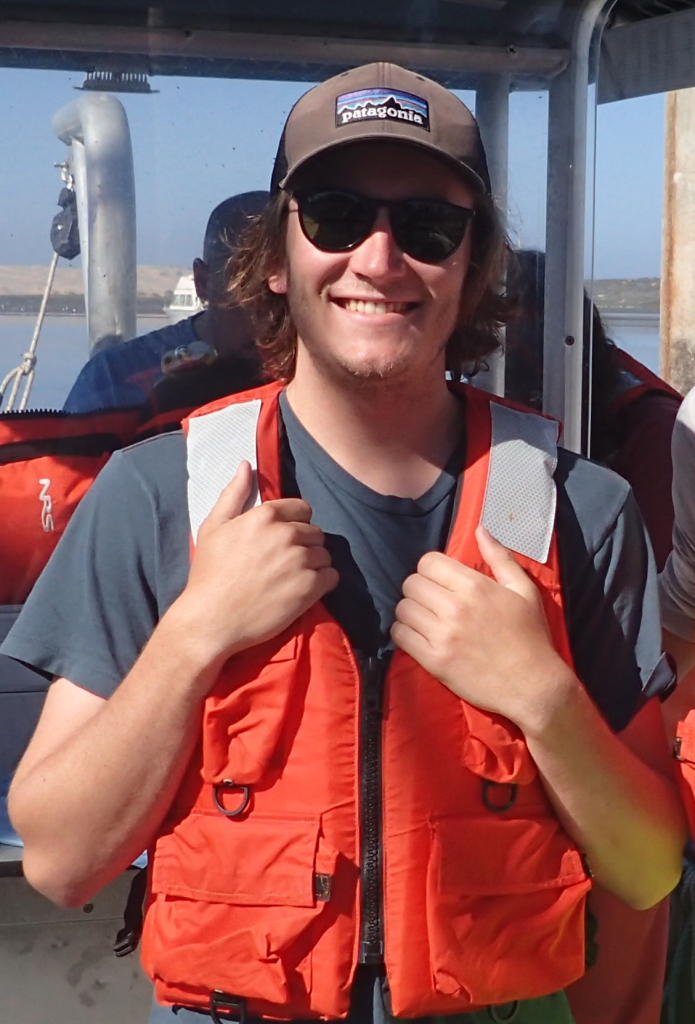See what our volunteers and staff have been working on in the bay and watershed during the past month.
Bioassessment
The 2017 Bioassessment field season extended from April all the way into June. In June, we completed the final two surveys and then shipped off our bugs to the lab! We expect to have the bug scores sometime in the fall.
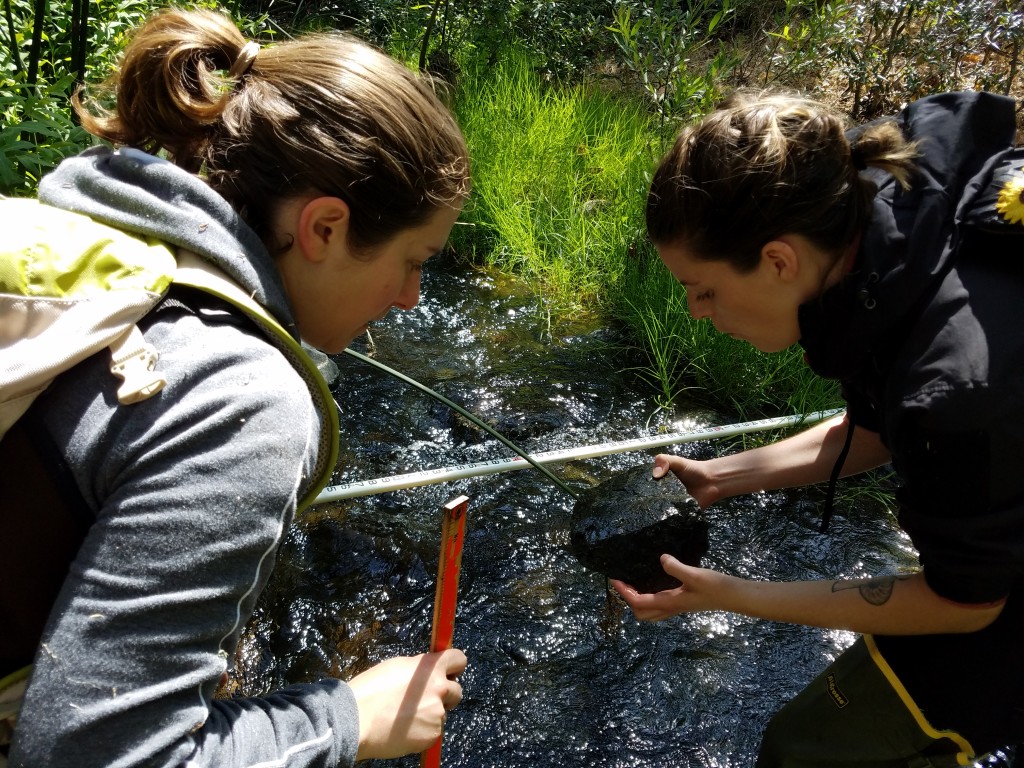
One of our last surveys was on Upper Chorro Creek. The riparian corridor was teeming with dragonflies. Dragonflies are in the Order Odonata, which vary greatly in their tolerance level. Though the presence of these primitive creatures doesn’t necessarily indicate healthy waters, staff enjoyed watching them dart around catching bugs. (Fun fact: dragonflies are excellent fliers and are voracious predators of insects such as mosquitoes. Check out this article for more fun facts.)
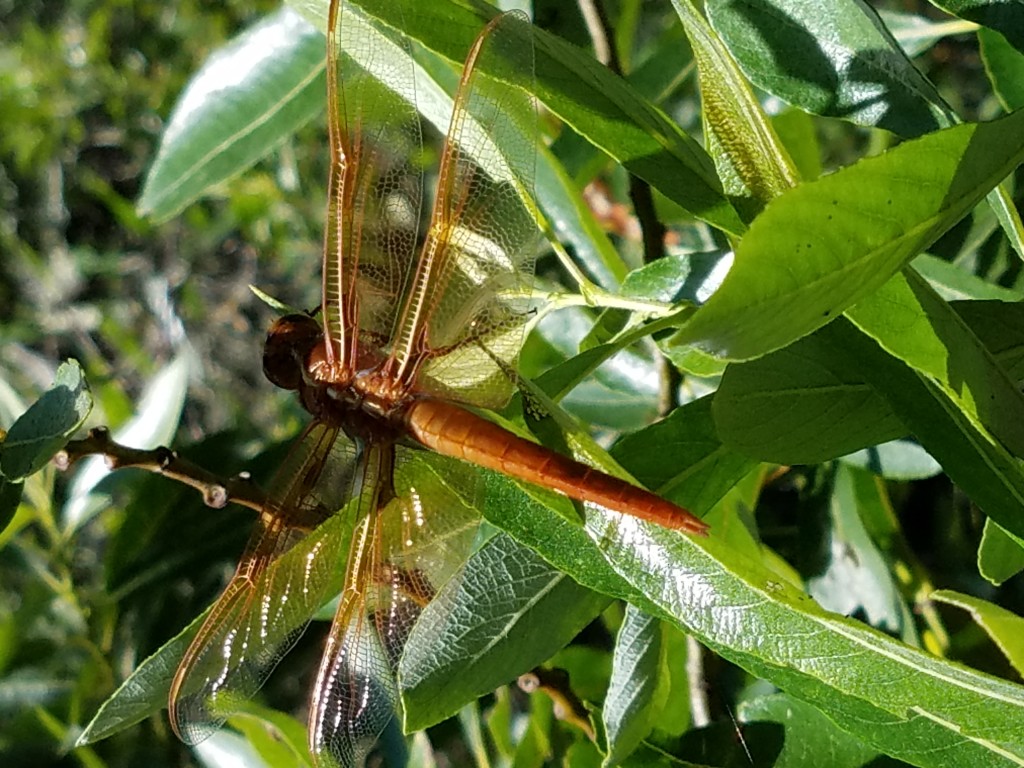
Eelgrass
Once our final bioassessment survey was completed, field staff immediately switched back to eelgrass mode.
Trawling
Some of you might remember when the Estuary Program helped Cal Poly Professor and California Sea Grant Extension Specialist Jennifer O’Leary trawl for fish in the bay back in October. This month, some other staff members got to head out and help her trawl again to look at seasonal changes of wildlife diversity and populations in Morro Bay. This study is just one of many that CalPoly is conducting in coordination with the Estuary Program to better understand the drivers and impacts of the eelgrass decline.
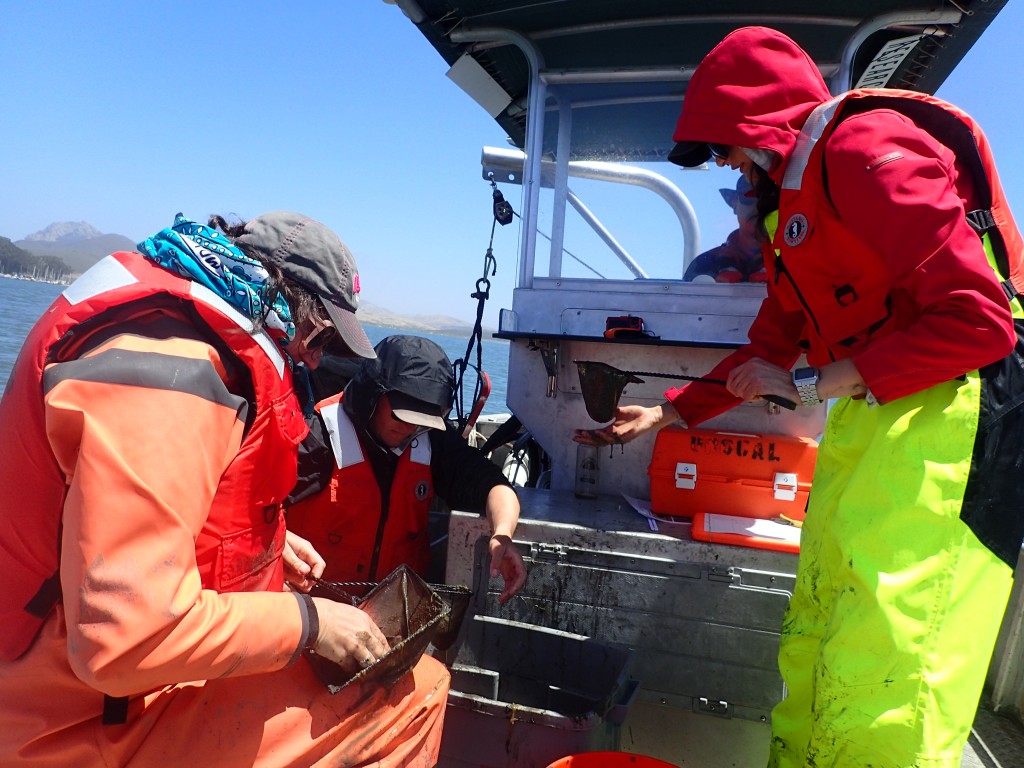
Seed Monitoring
This year, along with transplanting eelgrass from healthy donor beds into other parts of the bay, we are going to experiment with planting eelgrass seeds.
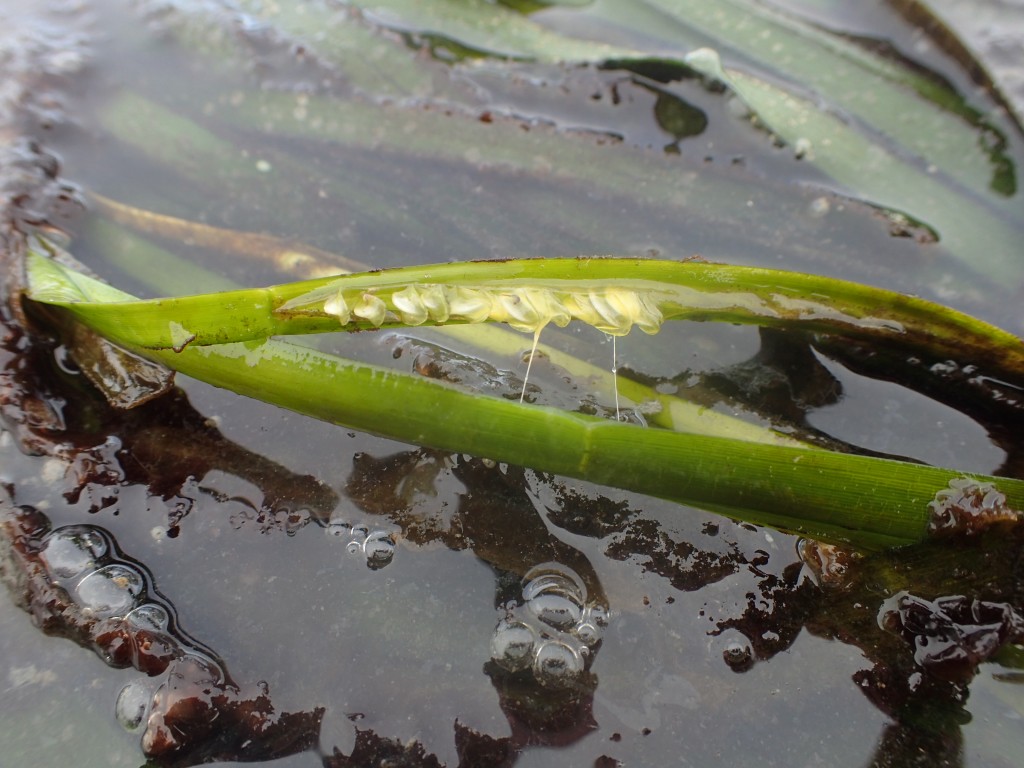
Eelgrass seeds can be collected and planted in different areas of the bay. This will be our first time completing this process and we are still learning about the timing of eelgrass flowering and seeding in Morro Bay. We headed out this month to start surveying different beds of eelgrass to determine when they are flowering and when we can collect seeds. Stay tuned for more information about this effort as we learn more.
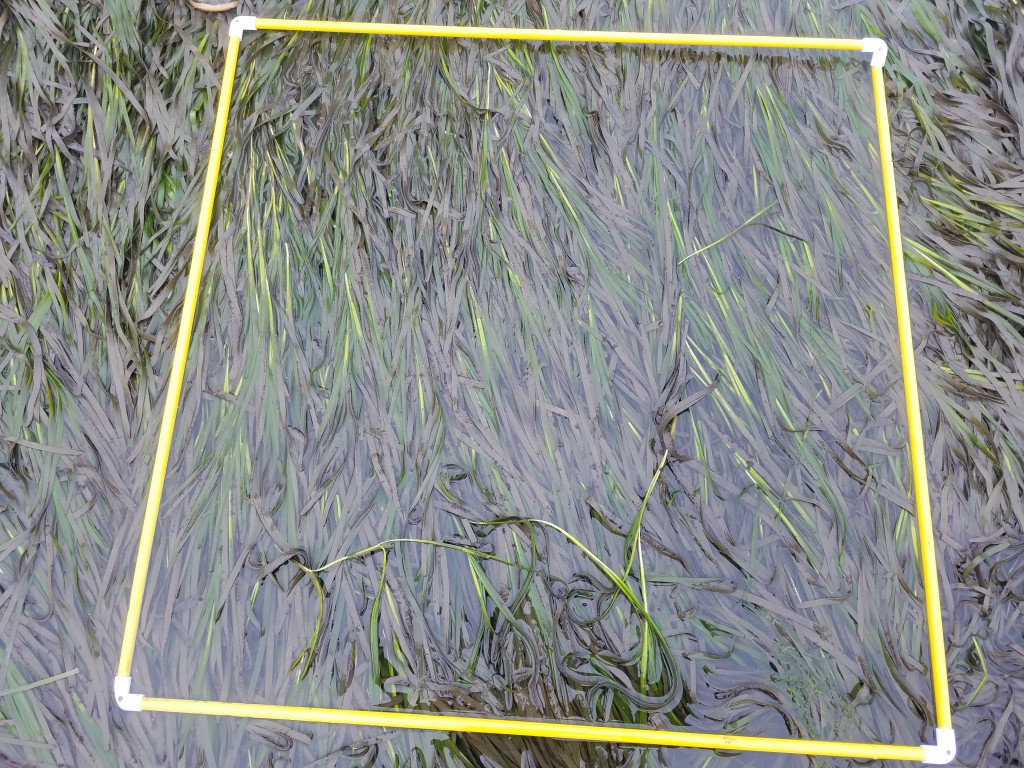
As we spend time out in the bay, looking at eelgrass and learning more about the different flowering stages, we get to check out what critters are using the eelgrass.
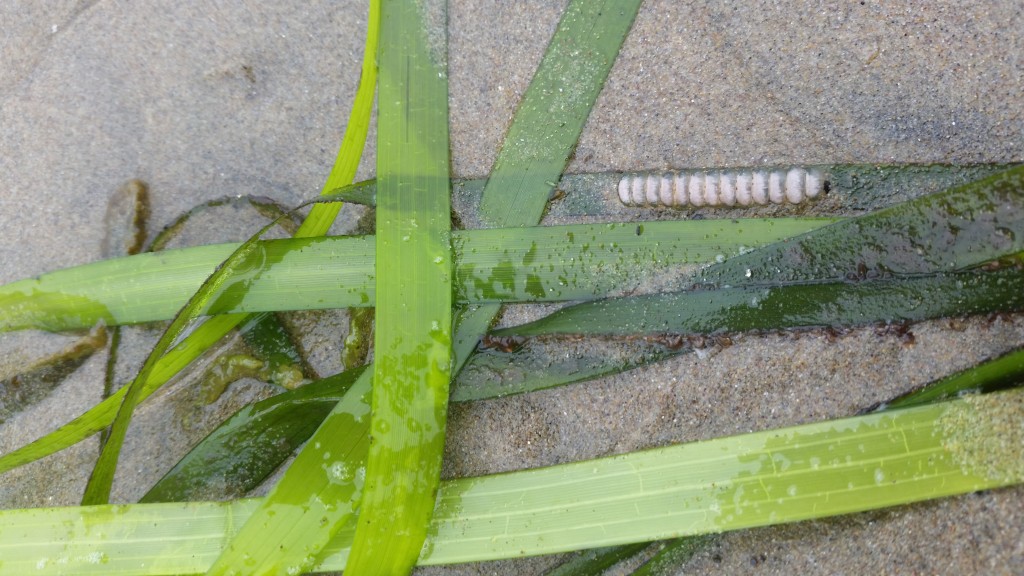
Restoration plots
Karissa headed out with CalPoly graduate student Erin Aiello to conduct density counts on the eelgrass plots planted back in March. Though these plots are exposed during negative tides, Karissa and Erin headed out on a higher tide wearing dive suits and counted these eelgrass shoots while snorkeling.
Staffing changes
We wished our Field Technician, Evan, a fond farewell at the end of June. He is starting the Masters of Education program at the University of California, Santa Barbara. Though we were sad to see him go, we are excited for him and wish him the best of luck. We know he will make a great science teacher in a few years (and maybe he’ll come back and volunteer for us?).
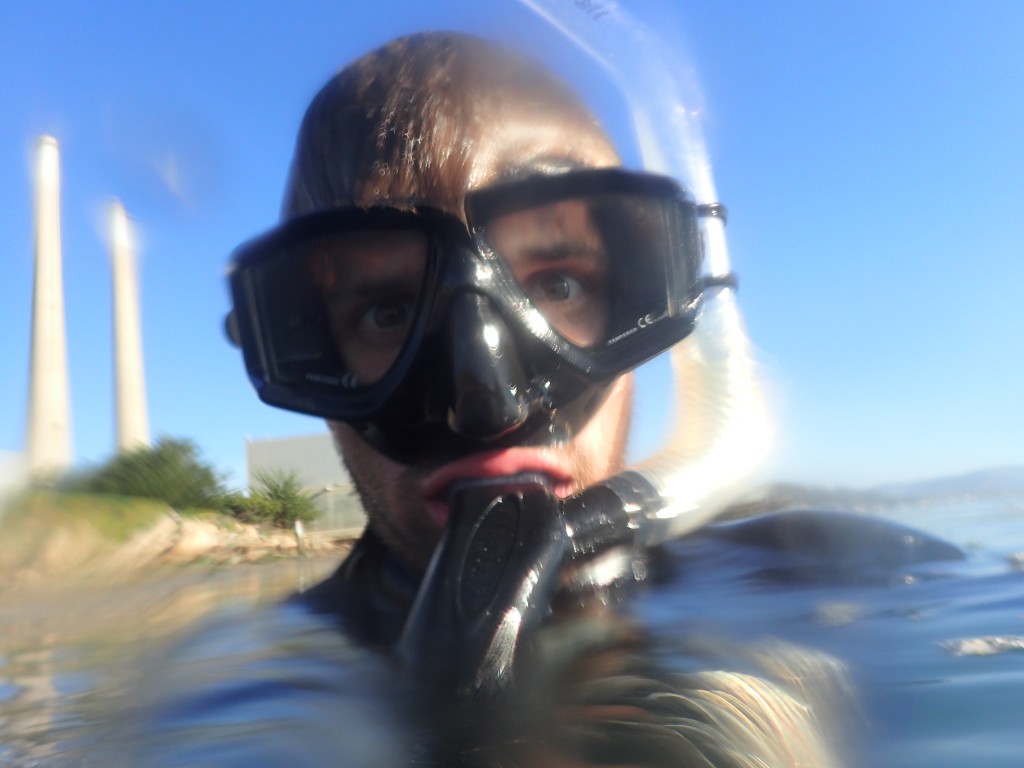
We also welcomed Matt McKechnie to the Estuary Program as our new Field Technician. Matt recently graduated from CalPoly with a B.S. in Environmental Management and Protection, a concentration in Marine Science, and minor in Indigenous Studies in Natural Resources and the Environment. When Matt isn’t working for the Estuary Program, he also works with the California Collaborative Fisheries Research Program, working as a fisheries observer out of Morro Bay and Port San Luis.
